The evolution of a cat’s tail is a fascinating journey that traces back millions of years. As cats diverged from their prehistoric ancestors, their tails also adapted to suit various environments and lifestyles. The tail of a cat is an extension of its spine, comprising several vertebrae known as caudal vertebrae. These caudal vertebrae form a flexible limb, allowing modern cats to utilize their tails in various ways, an ability that began with their early evolutionary adaptations.
Structure and Anatomy of the Cat’s Tail
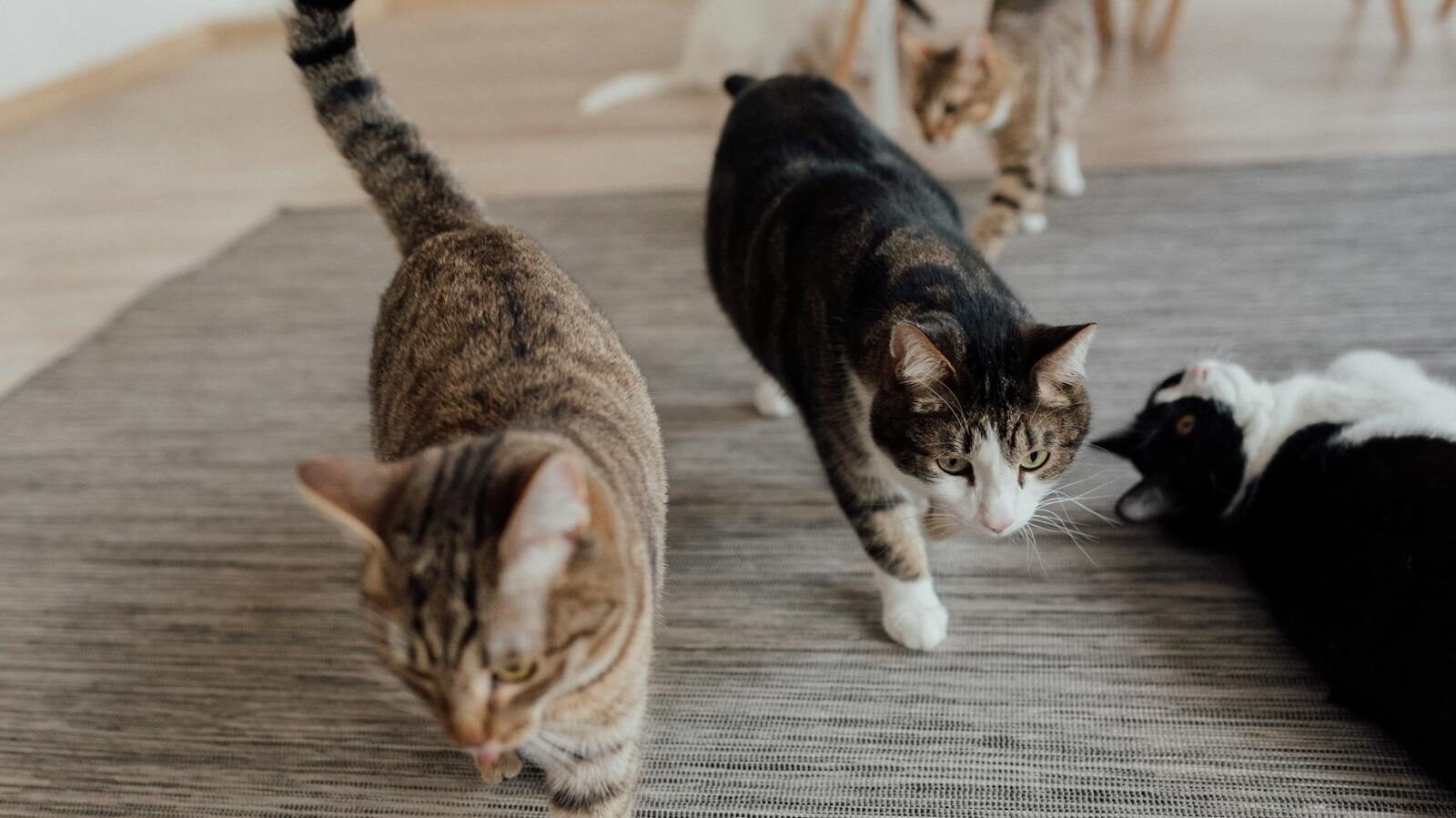
Understanding the structure of a cat’s tail is essential to appreciating its uses and evolution. The average cat’s tail consists of 19 to 23 vertebrae encased within a complex network of muscles, tendons, and nerves. This intricate design grants the tail its remarkable flexibility and range of motion. From a biological perspective, the tail’s internal structures are ingeniously designed to balance strength and agility, enabling the tail to serve multiple purposes efficiently.
The Role of the Tail in Communication
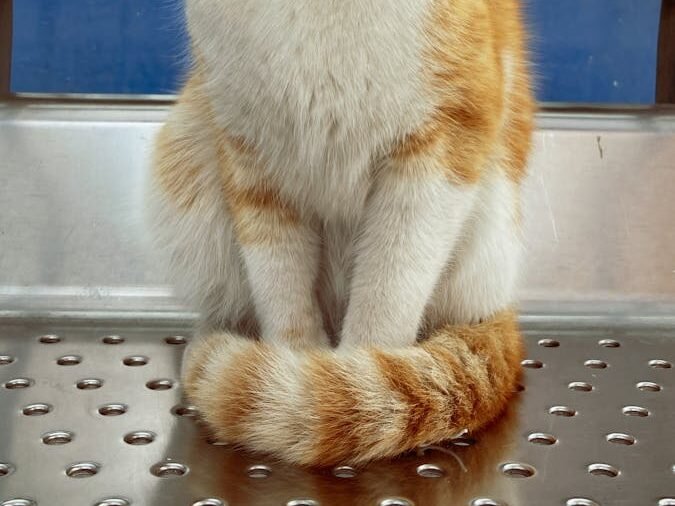
The tail plays a crucial role in feline communication, broadcasting information that can signal danger, relaxation, or curiosity. When a cat holds its tail high, this often indicates confidence or contentment. Conversely, a low-hanging or tucked tail suggests fear or submission. The tail can also communicate subtle cues through its movement patterns, such as twitching or rapid thumping, which may indicate annoyance or excitement.
Balance and Coordination
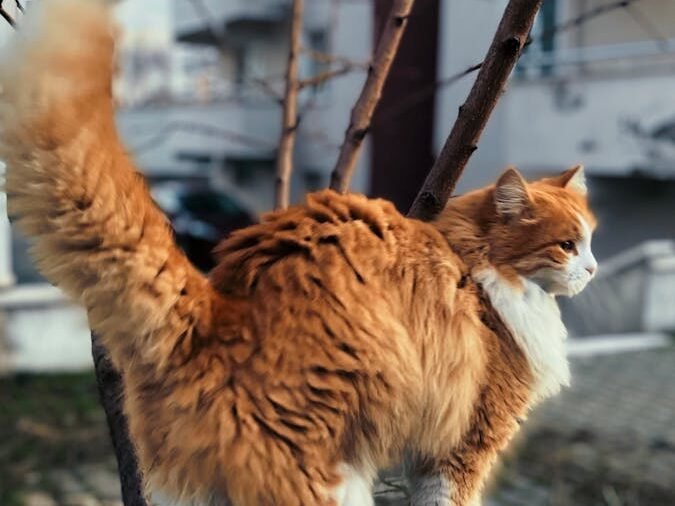
One of the most critical functions of a cat’s tail is assisting with balance. Cats are renowned for their agility and coordination, capable of executing impressive leaps and tightrope walking along narrow surfaces. A cat’s tail acts as a counterbalance, helping to stabilize the body during such activities. This balancing ability is crucial for survival in the wild, where climbing and navigating through complex terrains are everyday activities.
Thermoregulation and Its Evolutionary Significance
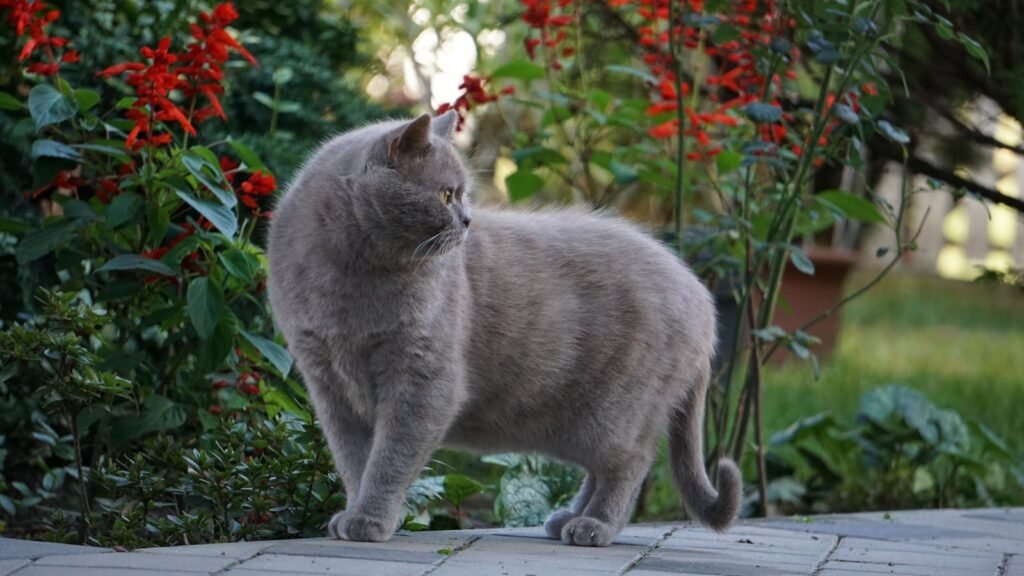
Beyond its functional uses, a cat’s tail has thermoregulatory properties. The tail’s surface area can dissipate excess heat, assisting in temperature regulation. This function may have been crucial for the survival of cats in varied climates throughout their evolutionary history. Recognizing environmental factors and the tail’s role in heat management helps explain why certain cat species developed longer or shorter tails depending on their geographical origins.
Protective Mechanism Against Predators and Prey
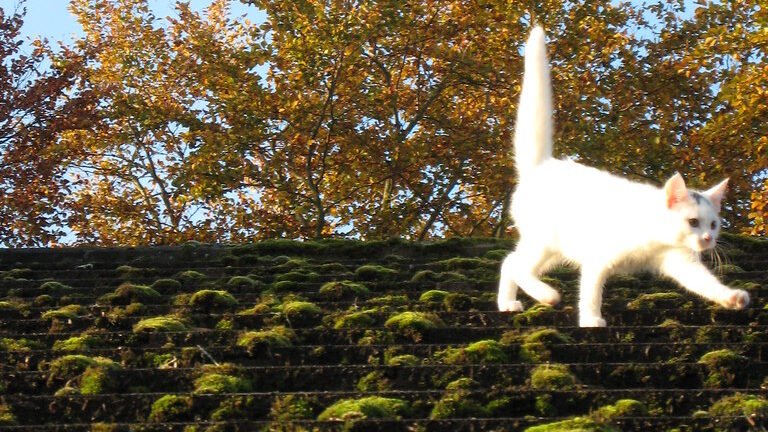
The tail also acts as a defense mechanism for cats. When puffed up, the tail makes the cat appear larger and more intimidating to predators. This visual display can deter potential threats. In hunting scenarios, a cat’s ability to control its tail reduces noise and vibrations, allowing it to stealthily approach prey without revealing its presence. Thus, the tail supports both defensive and predatory behaviors crucial for a cat’s survival.
Social Interactions and Bonding
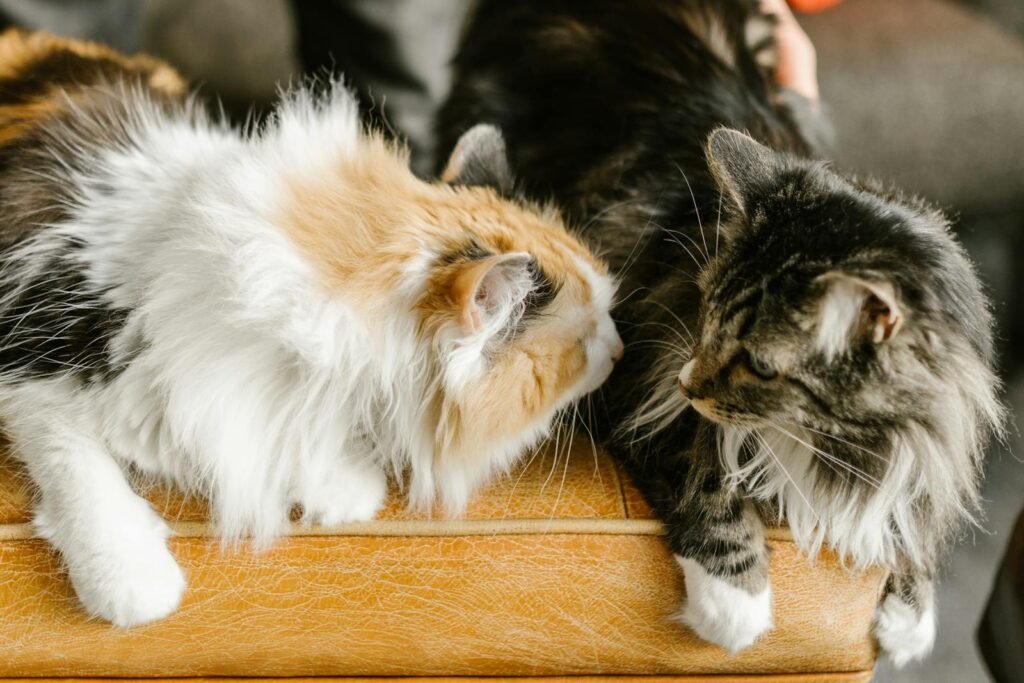
Cats frequently use their tails to communicate with other animals, including humans. For instance, a gently swishing tail can indicate contentment during social interactions. Cats may also wrap their tails around humans or other cats as a sign of affection, reinforcing social bonds and trust within group settings.
Tails in Play and Exploration
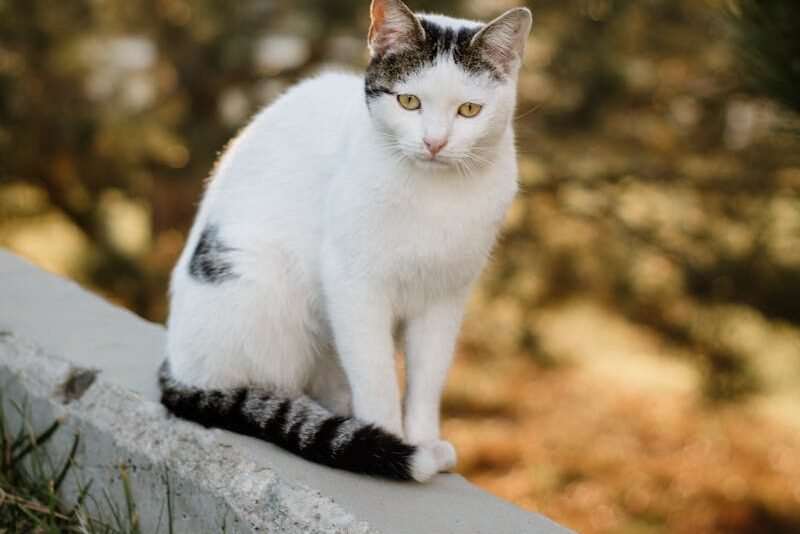
The cat’s tail is integral to play behavior, both with humans and other cats. Tails often serve as objects of amusement for kittens (and sometimes for adult cats), showcasing the tail’s role in learning motor coordination and hunting skills through play. This playful use of the tail exemplifies its multifaceted nature and importance in a cat’s day-to-day activities.
Variations Across Cat Breeds and Species

Not all cats use their tails in the same way. Domesticated and wild cats exhibit variations in tail length and function. For example, the short and compact tail of the Manx cat contrasts with the long, elegant tail of a Siamese, highlighting the diversity within the Felidae family. Wild cats such as the snow leopard use their long, thick tails as additional warmth during cold climates, further emphasizing the tail’s adaptive versatility.
Conclusion: The Tail as a Testament to Evolution

The cat’s tail is a remarkable appendage that demonstrates the complex interplay between evolution, biology, and behavior. Each unique function of the cat’s tail, from communication to physical agility, underscores its essential role in the survival and socialization of cats. As cats continue to live alongside humans and in diverse wild environments, their tails remain a testament to their rich evolutionary history and adaptability.

Linnea is a born and bred Swede but spends as much time as possible in Cape Town, South Africa. This is mainly due to Cape Town’s extraordinary scenery, wildlife, and atmosphere (in other words, because Cape Town is heaven on earth.) That being said, Sweden’s majestic forests forever hold a special place in her heart. Linnea spends as much time as she can close to the ocean collecting sea shells or in the park admiring puppies.






